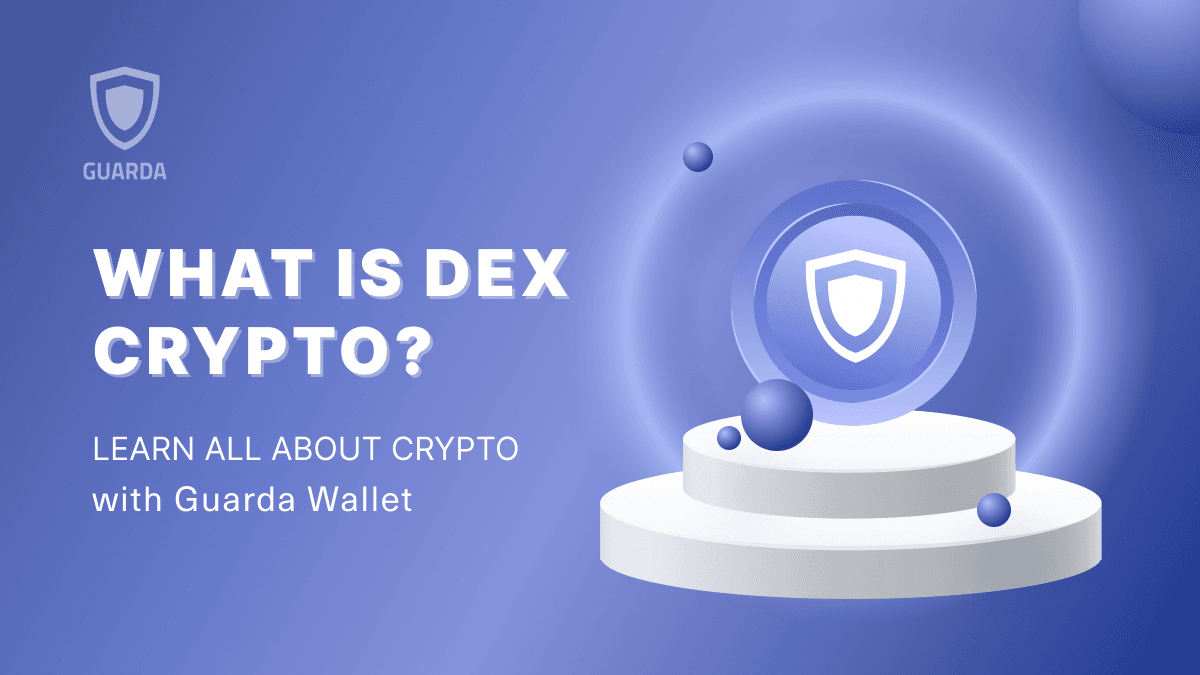Two popular ways of earning rewards in the cryptocurrency world are yield farming and staking. Both yield farming and staking have unique benefits and risks, and picking the right option can significantly impact the profitability of your investments.
In this article, we’ll look at yield farming and staking, their differences, advantages, and pitfalls to help you decide which is better for your investments. So, buckle up, and let’s dive into the exciting world of yield farming and staking.
Key Takeaways
- Yield farming typically involves participating in liquidity pools, where you provide liquidity for certain tokens and receive rewards. Staking, on the other hand, involves locking up your crypto assets for a specific period of time to generate rewards.
- Yield farming can be more complex, requiring DeFi protocols and risk management knowledge. Staking, however, can be simpler and generally requires less technical knowledge.
- Yield farming offers the potential to earn higher rewards but with more risk. Staking has lower rewards but tends to be more stable and secure.
| Criteria | Yield Farming | Staking |
|---|---|---|
| Purpose | To earn higher returns than traditional savings accounts | To earn rewards as an investor or network participant |
| Reward | Can be in the form of additional tokens, interest, or transaction fees generated by the network | Typically distributed in the form of additional tokens |
| Flexibility | Can move funds in and out of pools at any time, which may lead to greater flexibility in responding to market conditions | Require a lock-up period, so offer less flexibility in responding to market conditions |
| Liquidity | More liquidity as tokens can be transferred or sold at any time | Less liquidity as tokens are locked up for a certain amount of time |
| Fees | Pay transaction fees when moving funds in and out of pools | May not require payment of transaction fees |
| Complexity | Requires some understanding of DeFi ecosystem and smart contract functionality | Requires some understanding of the staking protocol and platform |
Stake and Earn Up to 25% APY On Your Crypto
What Is Yield Farming?
Yield farming, also known as liquidity mining, is a strategy that involves providing liquidity to decentralized finance (DeFi) platforms in exchange for rewards, typically in the form of tokens. Essentially, you’re loaning your crypto assets to a platform, enabling users to trade and borrow. In return, you receive a share of the fees generated by the platform.
How Are Yield Farming Profits Generated?
Yield farming profits come from two sources:
- Trading fees: A percentage of the fees charged by the platform for each transaction.
- Token rewards: Additional tokens are distributed to liquidity providers as an incentive to keep their assets locked in the platform.
How Yield Farming Works
To participate in Yield farming, you’ll need to deposit your crypto assets into a liquidity pool, a smart contract holding funds for lending and trading. When users interact with the pool, their share of the trading fees and token rewards is determined by their proportional contribution.
Advantages and Disadvantages of Yield Farming
Advantages
- High potential returns: Yield farming can offer lucrative returns for early adopters and those who carefully manage their investments. Returns can be as high as 100%.
- Diversification: You can diversify your crypto portfolio by participating in multiple liquidity pools with different assets.
- Decentralized: Yield farming is typically conducted on decentralized platforms, which means no central authority controls the funds, making it more democratic and open.
- Token rewards: Yield farming platforms often reward investors with new tokens or protocol governance tokens, which can be used for future investments or sold on exchanges for a profit.
Disadvantages
- Complexity: Yield farming can be complex, especially for those new to the cryptocurrency space. Investors need to understand the different protocols, rewards structures, and risks before investing.
- Impermanent loss: The value of your assets in the liquidity pool can decrease if the price of one asset changes significantly relative to the other.
- High risk: Yield farming involves higher risks than traditional investments due to the volatility of the cryptocurrency market and the lack of regulation.
- High gas fees: Transactions on blockchain-based platforms come with gas fees, which can be high during network congestion, eating into potential profits from yield farming.
Risks and Rewards Associated With Yield Farming
The risks associated with yield farming include:
- Smart contract vulnerabilities: If the smart contract managing the liquidity pool is compromised, you could lose your assets.
- Market volatility: Sudden market swings can result in impermanent loss and lower returns.
- Potential hacks: Given the decentralized nature of yield farming platforms, they are at risk of hacks or exploits that can result in significant losses for investors.
Regarding rewards on yield farming, it offers high APYs (Annual Percentage Yields). Yield farming can offer attractive returns, sometimes exceeding traditional investment opportunities.
Examples of Popular Yield Farming Platforms
- Uniswap - A decentralized exchange that allows users to swap tokens and earn fees by providing liquidity through yield farming.
- Aave - A lending platform that allows users to earn interest on deposited assets and borrow other assets simultaneously.
- Compound - A lending protocol that allows users to earn interest by lending out their assets and borrowing other assets using their assets as collateral.
- Curve - A decentralized exchange that allows users to trade stablecoins and earn fees by providing liquidity through yield farming.
- Balancer - A decentralized exchange that allows users to create and trade custom token baskets and earn fees by providing liquidity through yield farming.
- SushiSwap - A fork of Uniswap that offers additional features like yield farming incentives and a token allows users to participate in governance decisions.
What Is Staking?
Staking is the process of participating in the Proof of Stake (PoS) consensus mechanism of a blockchain network by locking up a specific amount of a cryptocurrency in a wallet. By doing this, you help validate transactions, secure the network, and in return, earn rewards, often in the form of additional tokens or coins.
How Are Staking Profits Generated?
Staking profits are generated through:
- Block rewards: New tokens are minted and distributed to stakers as a reward for their contribution to the network.
- Transaction fees: A portion of the fees users pay for processing transactions on the network.
How Does Staking Work?
To participate in Staking, you’ll need to lock a certain amount of a specific cryptocurrency in a compatible wallet or platform. Your rewards are determined by the amount of crypto you’ve staked, the duration of the lock-up, and the network’s staking reward structure.
Advantages and Disadvantages of Staking
Advantages
- Simplicity: Staking is generally easier to understand and participate in compared to Yield Farming.
- Predictable rewards: Staking rewards are often more consistent and predictable than those from Yield Farming.
- Security: Staking provides the network with an additional layer of security by incentivizing users to hold onto their tokens rather than trade or sell them on the open market.
- Network governance: Many blockchain networks involve decentralized decision-making through voting mechanisms, and staking can give users a voice in the governance of the network.
- Liquidity: Staking can increase liquidity by creating a market for buyers and sellers of staked tokens who want to participate in the network but don’t want to stake their tokens.
Disadvantages
- Limited diversification: Staking typically requires you to hold and lock up a single type of cryptocurrency, limiting diversification.
- Lock-up periods: Staking involves locking up tokens for a period of time, and there is a risk of losing those tokens if the network is attacked or there are issues with the underlying technology. It also limits your access to funds.
Risks and Rewards Associated With Staking The risks associated with staking crypto assets include:
- Validator risk: If you’re delegating your stake to a validator, their performance and security can impact your rewards.
- Price volatility: The value of your staked assets can fluctuate due to market volatility.
Staking provides a steady stream of passive income through block rewards and transaction fees.
Staking on Guarda Wallet
Guarda Wallet is one of the most popular multi-platform wallets in the cryptocurrency space. It provides its users with a comprehensive range of features and functionalities. One of the most prominent features of the Guarda Wallet is its in-app staking platform, which allows users to stake their digital assets and earn high yields.
Users can easily stake 15 different assets, including ETH, ADA, TRX, and NOW, from any platform they prefer—mobile, desktop, or web. This extensive range of staking options allows users to choose the best assets based on their preferences, risk-taking abilities, and investment goals. The staking rewards offered by Guarda Wallet are also quite attractive, with users earning up to 25% APY on their staked assets.
Start Your Staking Journey With Guarda Wallet
Comparing Yield Farming and Staking
| Criteria | Yield Farming | Staking |
|---|---|---|
| Investment requirements | Yield farming typically requires users to have some cryptocurrencies to borrow or lend, as well as a compatible, well-researched DeFi ecosystem | Staking is more straightforward; a compatible crypto wallet with staking features is all you need to hold an asset. |
| Minimum investment | Typically, yield farming requires a minimum investment of several thousand dollars to generate significant returns | Staking requires a lower minimum investment, making it more accessible to retail investors |
| Type of cryptocurrencies needed | Yield farming usually involves providing liquidity for multiple tokens or stablecoins | Staking is limited to specific cryptocurrencies that use the PoS or DPoS consensus mechanisms |
| Potential returns | Yield farming offers high potential returns, but they come with significant risks, particularly for beginner investors | Staking traditionally offers more moderate returns, making it a safer and more stable option |
| Risks | Yield farming carries a high degree of risk due to the volatility of the cryptocurrency markets, rug pull, complex liquidity pool structures, and potential for smart contract hacks | Staking is generally considered less risky than yield farming, mostly related to validator performance and price volatility |
| Accessibility | Yield farming is geared towards experienced investors and typically requires knowledge of programming, mathematics, and finance and a deeper understanding of DeFi | Staking is more accessible to the average investor but still requires some familiarity with technology and the cryptocurrency markets |
Conclusion
Yield farming and staking offer unique opportunities for earning passive income in the cryptocurrency market. While yield farming has the potential for higher returns, it carries greater risks and complexity. On the other hand, staking offers a more straightforward and predictable income stream, with fewer risks and easier accessibility. When you understand the differences between these two approaches, you can make an informed decision that aligns with your financial goals and risk tolerance level.
Disclaimer: The opinions expressed in this article are for general informational purposes only. They are not intended to provide specific financial or investment advice. Guarda’s editorial team reminds you of the risk of speculation in all financial markets. All financial activities carried out by you are made at your own risk.



